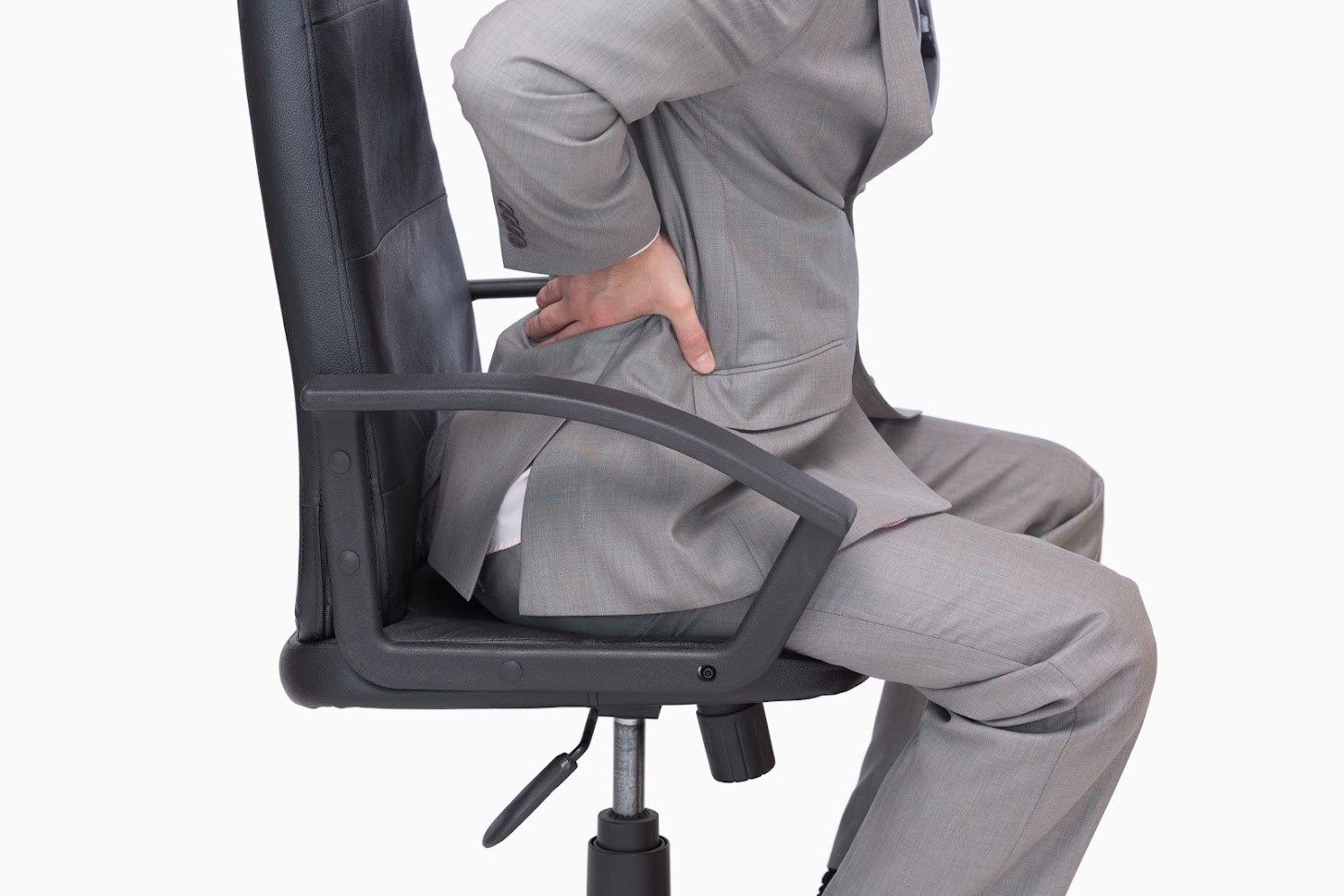 Side-impact collisions, also called T-bone accidents or broadside collisions, are some of the most dangerous vehicle accidents to be involved in. Many newer vehicles have side airbags and side-impact steel bars in the doors of the car to give the door additional stability in case of a broadside accident.
Side-impact collisions, also called T-bone accidents or broadside collisions, are some of the most dangerous vehicle accidents to be involved in. Many newer vehicles have side airbags and side-impact steel bars in the doors of the car to give the door additional stability in case of a broadside accident.
In spite of these safety improvements, many people suffer serious injuries after this type of accident.
Common Injuries in Side-Impact Accidents
A side-impact crash can lead to nearly any type of injury, especially if you were on the side of the vehicle that the other driver hit, but some types of injuries are much more common than others.
Back Injuries
Back injuries are some of the most common injuries in side-impact collisions, and they can be some of the most serious injuries. Some accident victims suffer from herniated discs, spinal cord injuries, or nerve damage. These injuries can take months to heal and may cause permanent damage. Back injuries might require surgery or other major, costly treatments.
Neck Injuries
Neck injuries are also common in side-impact accidents. Some drivers experience a strained neck or have herniated disc problems in the cervical spine. Whiplash is another common neck injury in vehicle accidents, particularly in side-impact crashes. In a side-impact accident, most people don’t have time to brace for the impact, which can lead to neck trauma from the impact.
Head Injuries
Head injuries are often the most severe types of injuries since they can affect the brain. These injuries usually happen in accidents where the injured person hit their head on the dashboard or another hard surface or object inside the car.
Head injuries can require extensive ongoing medical treatment and may result in permanent brain damage in the most severe cases.
Broken Bones and Soft Tissue Injuries
Side-impact accidents often lead to bone fractures and soft tissue injuries as well. While these injuries usually aren’t as serious as back, neck, and head injuries are, broken bones and soft tissue injuries can still cause problems.
Broken bones are most common in side-impact accidents where the injury victim was seated where the vehicle was struck. Soft tissue injuries affect the muscles, tendons, and ligaments and can lead to severe pain. They often don’t require major medical interventions, such as surgery, but they can lead to time away from work and daily activities due to pain and limited mobility.
Fault in Side-Impact Accidents
Who was at fault for an accident is always an important question after a car accident that injures someone. If your car was T-boned by another driver, it’s likely the other driver is the at-fault party, but there are defenses the other driver could use to show they are not liable for the accident.
Many side-impact accidents happen when one vehicle fails to stop at a stop sign or a red traffic light and hits another vehicle in the intersection. Some are caused by drunk, reckless, inexperienced, or elderly drivers who fail to give the right-of-way to a vehicle at an intersection.
No matter what caused the accident, you’ll need to show that the other driver was at fault to receive compensation for your injury. Illinois uses a comparative fault rule that allows both parties to be found partially responsible for an accident.
In a comparative fault state, if a defendant in a personal injury case can show the plaintiff is partially at fault, the court will reduce the damages awarded to the plaintiff by the percent of fault the plaintiff had in the accident. This is why you should gather as much information at the accident scene as possible and keep records of all of your medical treatment and any conversations or actions related to the crash.
If you were injured in a vehicle accident, a personal injury attorney can help you make sure you get all of the compensation you deserve. Randall A. Wolff & Associates, Ltd., represents personal injury clients throughout the Chicagoland area with office availability in Arlington Heights and Chicago, Illinois.
If you’ve been hurt in an accident caused by someone else’s negligence, contact us today to schedule a free consultation appointment.





